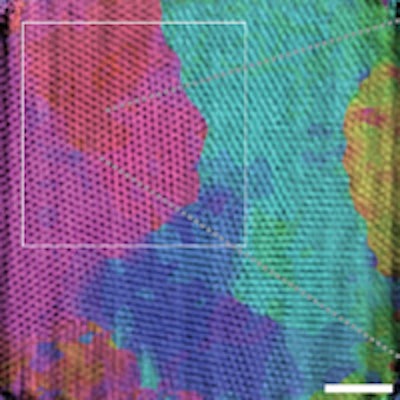
What makes butterfly wings so colorful? Physicists from the University of California, San Diego (UCSD) used a novel x-ray technique to answer this question. Their findings were published online June 10 in the journal Science Advances.
Over their evolution, butterflies have developed cellular mechanisms that produce their wing color, for the purpose of both camouflage and mating, according to senior author Oleg Shpyrko, PhD, and colleagues. These mechanisms, called "photonic crystals," reflect light only of a particular color, which gives each insect its distinct tint.
But how these structures are actually organized has been unclear. Shpyrko and colleagues used an x-ray technology available at the Advanced Photon Source at the Argonne National Laboratory in Lemont, IL, to visualize the structure of butterfly wings. The team combined this technology, which produces "coherent x-rays" that function much like an optical laser, with an imaging technique called ptychography (Sci Adv, June 10, 2016).
The researchers examined the internal nanostructure of the wing (called "scales") of the Emperor of India butterfly (Teinopalpus imperialis), a rare species of swallowtail butterfly found in Nepal, India, and Vietnam. They filtered the coherent x-rays through a pinhole and trained them on one of the butterfly's wing scales.
The photonic crystals that make up these scales include small irregularities that enhance light-scattering properties, which makes the butterfly wings seem brighter, Shpyrko and colleagues found. These irregularities occur when an otherwise aligned crystal lattice slips by one row of atoms.


Scales from the wings of the Emperor of India butterfly consist of "highly oriented" photonic crystals. Images courtesy of Andrej Singer, PhD, UCSD.
"[The word 'defects'] may have a negative connotation, but they are actually very useful in improving materials," lead author Andrej Singer, PhD, said in a statement released by UCSD. "In the evolution of butterfly wings, it appears nature learned how to engineer these defects on purpose."




















